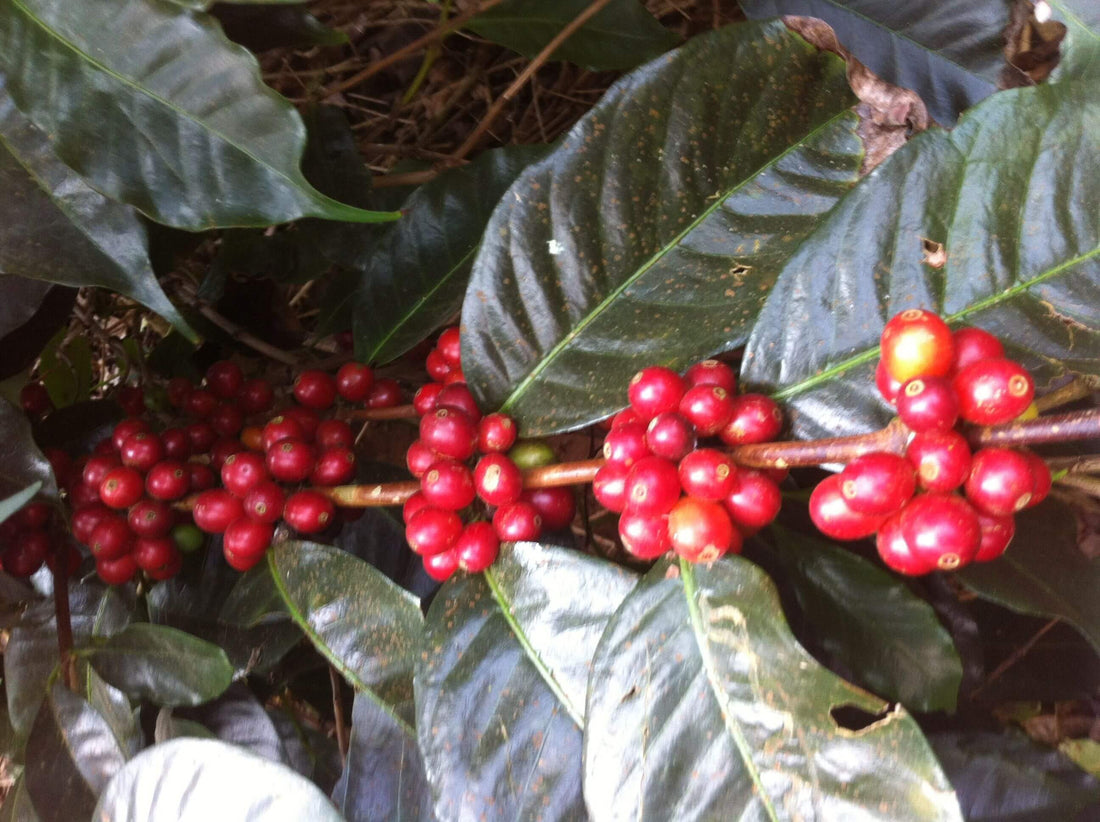When I first started with Yahava over 12 years ago, I wanted to learn how to roast. I wanted to understand what actually happened to the bean before I received it as a barista. Little did I realise that I would soon discover the more I learnt, the more there was to learn.
You can read and research as much as you like, but there is nothing like visiting and participating in a harvest. Something a few of us at Yahava have been lucky enough to experience.
Due to wanting to keep this short and sweet, let me break some details right down for you.
- Coffee is agricultural, so therefore, it relies on sun, rain, temperature and quality soil to grow. Too much or too little of any of these things, it doesn’t stand a chance.
- Like wine, coffee has different flavour profiles depending on where it is grown. Not just country, but region.
Taking these two points, let me explain the harvesting to you.
Coffea Arabica (the species that Yahava KoffeeWorks roasts daily) likes a tropical climate and high altitude. There is a reason that the larger suppliers of raw coffee to the word market are located close to the equator. Due to a low variation in the temperatures, the plant can sometimes go through two flowering seasons, meaning two harvests!

The coffee cherry (pictured) can be harvested by 3 different methods
1 By hand, selecting only the ripest of cherries (red/yellow/orange).
2 By strip harvesting. Basically, by just picking every single cherry off the tree, including the green ones.
3 By machine harvesting, which essentially does the same as strip harvesting.
The processing of these cherries is a whole other topic. But it is vital to remember that the higher the grade of the coffee, the more consistent the green bean. By picking by hand, the plantation has the ability to ensure they are able to make the most of the harvesting season – pickers can pass by a tree up to 4 times during the season due to the ability to leave the flowers and green cherries to continue developing.

Let’s also bring to mind the vastly changing climate that is happening worldwide. Over the past 12 years since I have been roasting and involved in the purchasing of green coffee, we have seen regions suffer through drought, typhoons, too much rain, and high winds. Any one of these climatic events can wipe a plantation out for a growing season. If the flowers are blown off the tree before they mature into cherries, there aren’t any cherries to pick. If a tree doesn’t have enough water, then the cherries it produces are minimal.
Yahava is always monitoring our supply of green at our 4 roasting facilities. We roast anywhere from 10 – 15 origins at any one time. The main reason for this is the flavour that each batch of green beans offers us. It isn’t as simple as just running out to grab more if we come to the end of supply. Working with our suppliers is integral in what we offer, as changing from one Colombian to another won’t produce the balance in a blend that we require. We must consider that when we source our green it has to be available to us for the duration, until a new crop can be offered.
From the table below you can observe when the cherries are harvested and then the length of time it takes for it to reach our shores in Australia. In any given month of the year, our roasters are receiving fresh crops from origins so we are able to ensure that the coffees we offer our customers are the best we can deliver.

Written by: Harriet Stocker
